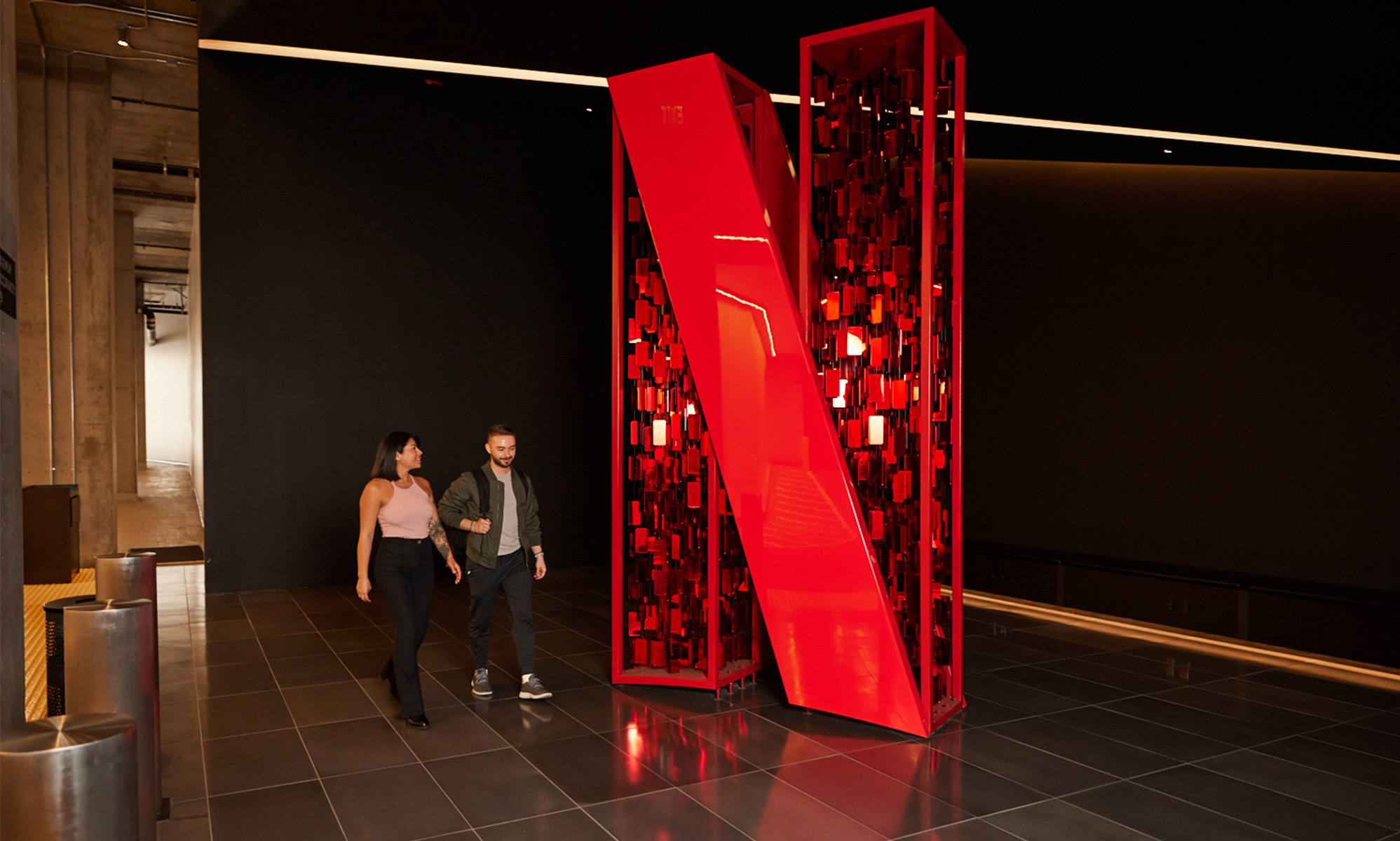Check out the latest Netflix earnings call transcript.
Netflix (NFLX +0.15%) raised its subscription prices earlier this month, but it might not be done. The latest price hike makes the streaming service's most popular plan $5 more expensive per month than it was in 2014.
But Netflix is arguably still one of the best values in video entertainment. More consumers consider its original series better than rivals like HBO, an AT&T (T +0.82%) subsidiary. It has a better movie catalog than competitors like Amazon (AMZN +0.11%) Prime and Hulu. And consumers can still subscribe for less than HBO or Amazon Prime if they choose Netflix's $9-per-month option.
Most subscribers seem perfectly willing to pay higher prices for Netflix. Investors should expect the company to continue increasing its average selling price over the next few years as it delivers superior value to its subscribers.

Image source: Netflix.
The best content library
Netflix's content library is unmatched. The streaming service provides access to 69 of the IMDb Top 250 television series. Eighteen of those series are Netflix originals. Meanwhile, its movie library has more movies "Certified Fresh" by Rotten Tomatoes than Amazon, Hulu, and HBO combined, according to recent surveys by Streaming Observer.
Netflix is at risk of losing some of those top series and films as media companies launch their own direct-to-consumer services. That content provides a lot of value to the service, and Netflix is willing to pay a lot more than anyone else in order to retain it. At the same time, however, the company's original films are starting to generate a lot of interest, complementing its already popular original series.
Netflix has the advantage of scale. Its massive subscriber base enables it to pay more for content, produce more of it, and take more and greater risks with its content choices. That means it will likely be able to maintain its content library lead.
That said, competitors like Amazon Prime and HBO are part of other, bigger businesses, and they could rely on cash flow from other parts of their companies to fund an improved content library. For now, and for the foreseeable future, though, Netflix has the best on-demand content library available.
While there are substitute goods like HBO Now, Amazon Prime, and Hulu, they're not perfect substitutes. They usually don't provide the same level of value to the customer as Netflix while the cost savings are negligible to nonexistent. It's hard to replace the hour and forty minutes per day the average U.S. subscriber watches on Netflix.
Price-inelastic customers
Netflix's subscriber base has proven highly price-inelastic. That's to say the change in demand isn't very big compared to the change in price. Just 3% of customers in a Streaming Observer survey said they'll definitely cancel their subscription after Netflix's latest price hike. Another 24% said they might.
But it's a lot easier to say you'll cancel than to follow through. Netflix hit just two price hiccups in its price increases in the past. It saw backlash when it separated its DVD-by-mail and streaming service subscriptions, effectively increasing the price for customers that wanted both. It also saw higher-than-expected churn when it increased prices for longtime customers in 2016 to match its then-current pricing.
But since the end of the first quarter of 2014 to the end of 2018, Netflix has grown its U.S. subscriber base 70%. Its subscription price for its most popular plan is now 62% higher than it was in the first quarter of 2014. Customers can't seem to leave Netflix.
A combination of a best-in-class content library with no perfect substitutes and the relative price inelasticity of its customers should give Netflix room to continue increasing its average selling price over the next few years. That ought to translate into continued operating margin expansion.








